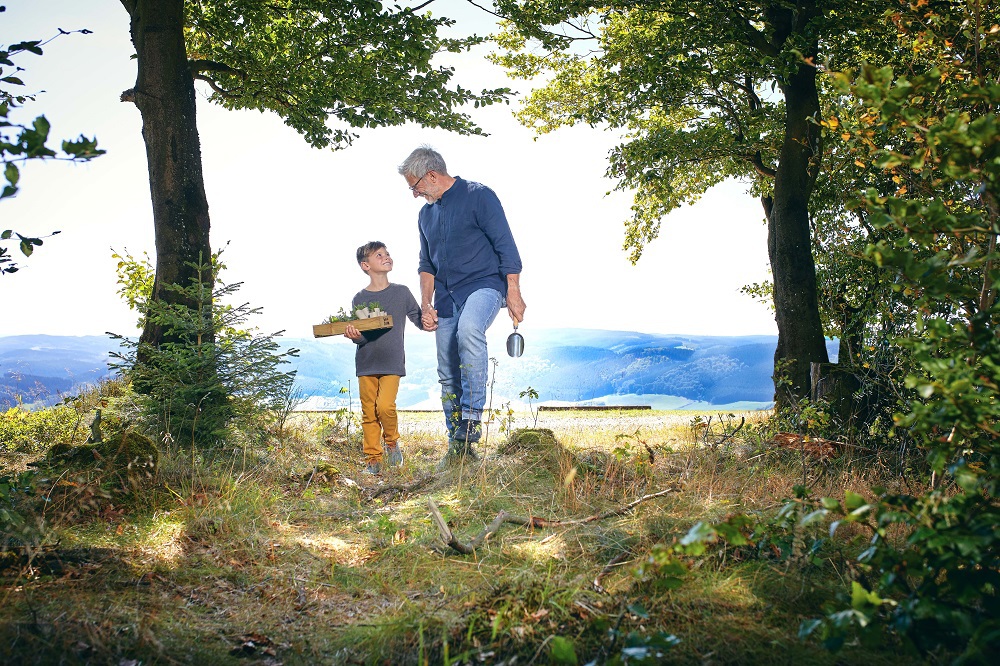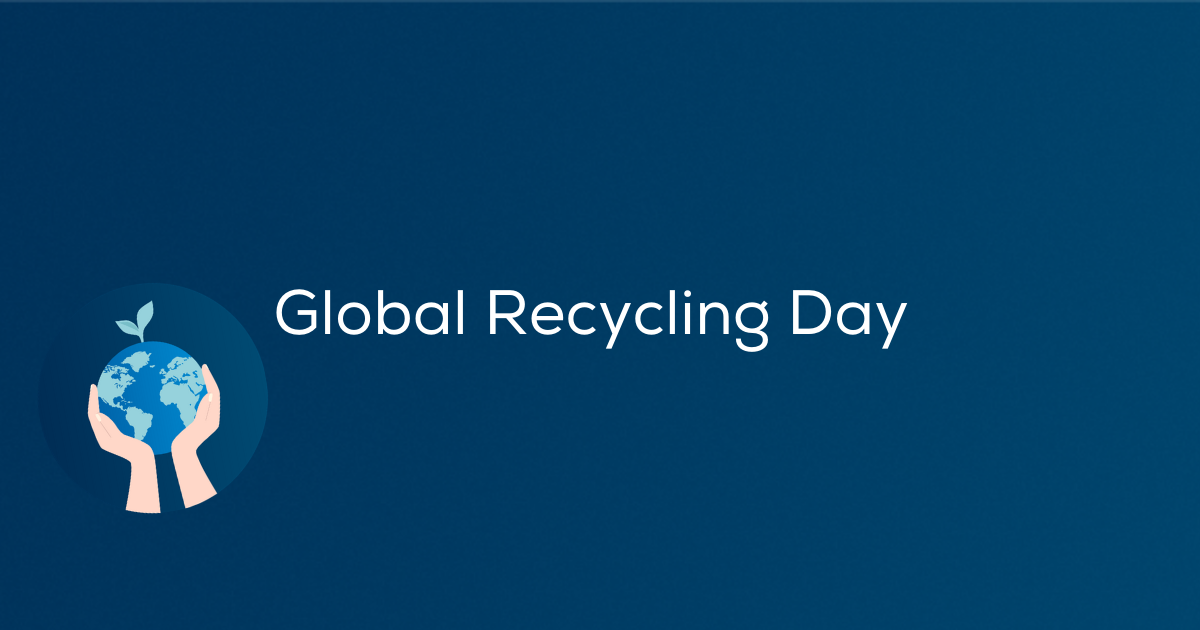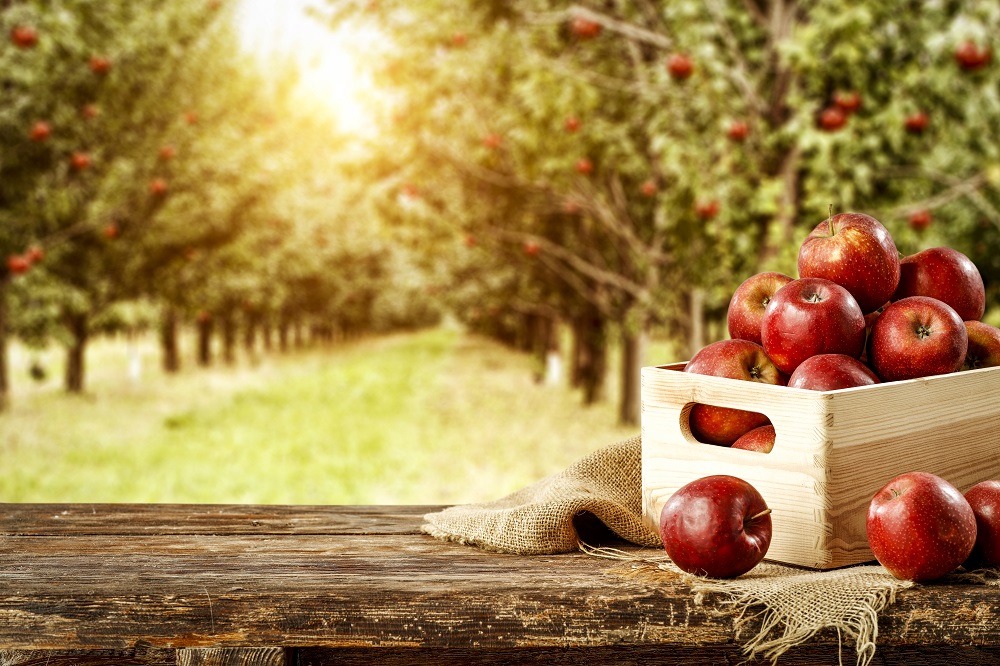22.03.2021 - Sustainability
Tips for sustainability in everyday life: water
Up and running!
Clean, running water is a matter of course for us. Yet water is actually a precious resource. For World Water Day on 22 March, we provide tips on how to handle this fact.
Water is irreplaceable for humans and nature. However, we don’t give it much thought. Why would we? Water is always available to us in this country, literally in the blink of an eye.
World Water Day is intended to remind us of the fact that this cannot be taken for granted. It was launched by the United Nations in 1992 and is dedicated to clean water and water protection.
After all, water is indeed a raw material – and a highly precious one in some regions of the world. Here, too, an extensive infrastructure is required for its treatment, and it is a long way from the groundwater to the kitchen, bathroom or factory and back to the sewage treatment plant.
The WEPA plants therefore work with a water cycle that uses its water for as long as possible. This means that the average consumption per kilo of paper produced is less than 7 litres – which is low by comparison: Today, the average is 10 litres, whereas in 1950 it was 170 litres.
The example of paper shows: Products also have a water footprint, similar to the carbon footprint. It refers to the total amount of water used in the cultivation, transport and manufacturing process of a product and is referred to as “virtual water”.
The numbers that emerge from this calculation are astonishing. There are around 140 litres of virtual water in one cup of coffee. A pair of jeans? Between 6,000 and 11,000 litres. One kilo of beef – 15,000 litres. Your breakfast egg: 135 litres.
This means that while each of us actively uses about 120 litres of water per day for showering, washing or cooking, the true consumption is actually significantly higher. It is hidden in the products we eat, use and consume and amounts to a whopping 4,000 litres a day.
The good news: We can all help to save water – directly or indirectly. Here are some tips to keep things running smoothly at home:
- Always fill the dishwasher completely and do not let it run half empty.
- Shower instead of taking a bath: 10 minutes under the shower uses about half as much hot water as a full bath. It also saves energy costs.
- When buying a new tap, choose a water-saving model.
- When buying a new washing machine or dishwasher, pay attention to energy efficiency and water consumption.
- If you have a garden, you can collect rainwater in a rain barrel instead of using water from the tap.
If you want to reduce your virtual water footprint indirectly, there are also many ways to do so:
- Use things for a long time and/or buy second hand: clothes, computers or mobile phones have a very high indirect water consumption.
- Drink tap water instead of bottled water; this eliminates the volumes for packaging and transport.
- Eating regional vegetables, fruit and meat “costs” less indirect water.
- Use recovered paper: it uses much less water than paper made from virgin fibre. Be it hygiene paper or printer paper.
- Simply calculate your own water footprint: http://aquapath-project.eu/calculator-ge/calculator.html
PS: If you want to toast World Water Day today, you should do so in high spirits with a glass of tap water: It is one of the best-controlled foodstuffs in Germany.


